TAP> Manage Diversity to Add Value in the Workplace
Course Purpose This unit standard is intended for managers in all economic sectors. What you’ll learn This unit standard is intended for managers in all economic sectors. These managers would typically be second-level managers such as heads of department, section …
Overview
Course Purpose
This unit standard is intended for managers in all economic sectors.
What you’ll learn
This unit standard is intended for managers in all economic sectors. These managers would typically be second-level managers such as heads of department, section heads or divisional heads, who may have more than one team reporting to them. The qualifying learner is capable of demonstrating knowledge and understanding of diversity in the workplace. Demonstrating understanding of the reality of diversity and its value in a unit. Managing team members takes into account similarities and differences. Dealing with disagreements and conflicts arising from diversity in a unit

Duration: 1 Day
Featured Course
Performance Management
Course Curriculum
Curriculum
Curriculum
- 4 Sections
- 34 Lessons
- 3 Days
- Unit 1: Diversity in the workplaceDiversity in the work place13
- 1.1Definition of key terms
- 1.2Definition of diversity
- 1.3Multiple generations, multiple work skills and styles
- 1.4Diversity as a potential source of discrimination
- 1.5The implications of diversity for external and internal relationships
- 1.6(cont’d) A
- 1.7(cont’d) C
- 1.8(incl. 1.5.1) Cultural biases, stereotypes and perceptions and their influence on diversity
- 1.9Suggestions to facilitate cross-cultural communication
- 1.10Be aware of your own potential biases and prejudices
- 1.11Perception and diversity
- 1.12(incl. 1.5.6) Persons perception and workforce diversity
- 1.13Embracing a diverse gender workplace
- Unit 2: The reality of diversity and its value in the unitThe reality of diversity and its value11
- 1.1Introduction
- 1.2(cont’d) Benefits of diversity in employees and clients for an organisation
- 1.3Ways of utilising the diverse talents, attitudes, and values of employees
- 1.4Components of attitudes
- 1.5(incl. 2.2.3) Perspectives
- 1.6Reflection of the community
- 1.7Ways of meeting the diverse needs of employees
- 1.8Ways of meeting the diverse needs of clients with a range of products and services
- 1.9(cont’d) Reflection
- 1.10(cont’d) Examples
- 1.11Encouraging diverse viewpoints in meetings
- Unit 3: Managing team membersManaging team members6
- 1.1(incl. 3.1) Introduction
- 1.2Tools for managers to overcome communication barriers
- 1.3Creation of mutual respect and trust
- 1.4Common beliefs, values, interests, and attitudes that will serve as a basis for leading the team
- 1.5Encouraging the expression of diverse viewpoints
- 1.6Sensitivity towards and understanding of diversity
- Unit 4: Dealing with disagreements and conflict arising from diversity in the unitDealing with disagreements and conflict arising from diversity in the unit4
Requirements
- Grade 12
- NQF Level 4







